#sweet hot cocoa
Text
Keeping a cool head can be hard, especially when you're an Eiscue hot cocoa bomb 🧊🐧
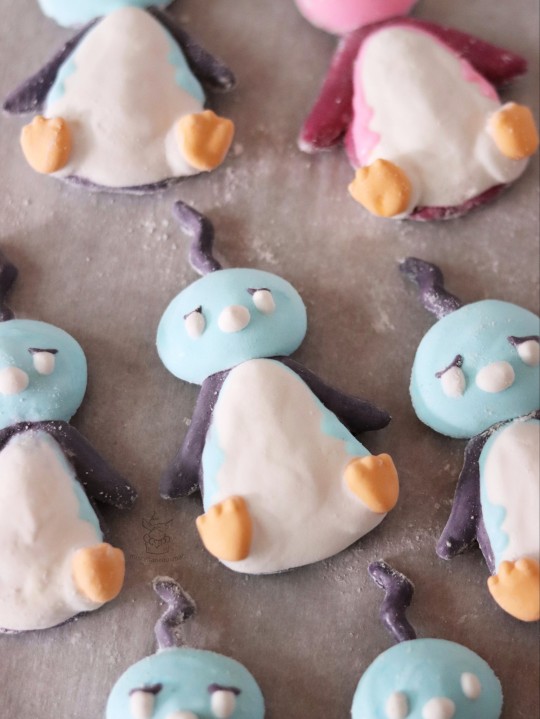

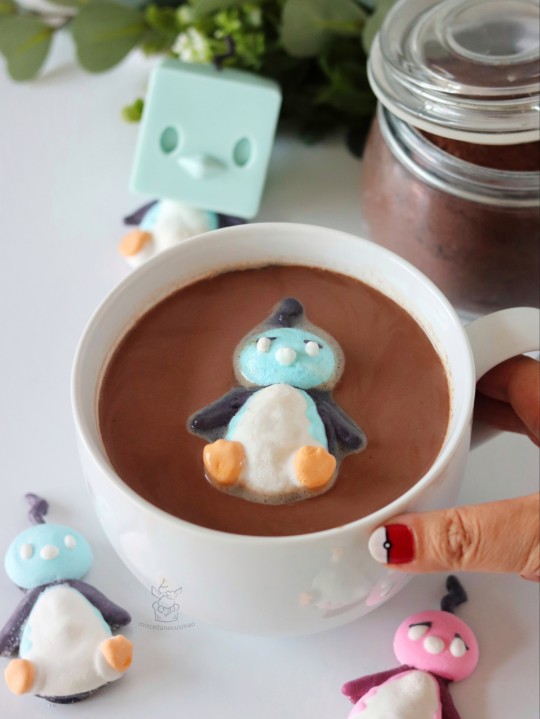
You can probably see my moment of panic in the video when I thought he was drowning and I'd have to rescue him before he came up for air (so funny the way he just popped out 😂). Still the best take I got, so I think that's close enough for me to finally check this lil guy off my to-make list!
#pokemon#nintendo#pokémon#food art#homemade#pokemongo#nerdy#pokemon foodblog#cute food#pokemon sword and shield#Pokemon food#pokemon sweets#pokemon swsh#hot cocoa bombs#hot chocolate bombs#eiscue#コオリッポ#penguin
2K notes
·
View notes
Text

Hot chocolate macarons
#chocolate#macarons#hot chocolate#sweet food#food#dessert#baking#sweet#sweets#hot cocoa#marshmallow#cookies#french food#tasty#foodporn#delicious#cooking#food photography#foodgasm#recipe
2K notes
·
View notes
Text
History of Chocolate/ Cocoa

History of Chocolate/ Cocoa
Cocoa and other chocolate products are enjoyed by billions of people around the globe, but surprisingly few people know the history of the confection. In fact, cocoa has appeared in different cultures worldwide for hundreds of years. Cocoa was first developed as a crop in many ancient South American cultures, with the Aztecs and Mayans being the most well-known of these indigenous populations. Researchers have found evidence of cocoa-based food dating back several thousand years.
The modern word “chocolate” stems from two words in Nahuatl, the language spoken by many native groups: chocolatl, which translated literally means “hot water,” and cacahuatl, which referred to a bitter beverage made with cocoa that was shared during religious ceremonies. The history of the cacao bean was so significant to the local cultures that it was used as a currency in trade, given to warriors as a post-battle reward, and served at royal feasts.
For these civilizations, cocoa was a symbol of abundance. It was used in religious rituals dedicated to Quetzalcoatl, the Aztec god responsible for bringing the cocoa tree to man, to Chak ek Chuah, the Mayan patron saint of cocoa, and as an offering at the funerals of noblemen.
When the Spanish Conquistadors arrived in the New World and began the process of invading, colonizing, and ultimately destroying the native cultures, they also discovered the value of the local cacao crop. However, they brought their own innovation to the appropriated drink, with the addition of sugar and spices to sweeten the bitter cocoa. After that point, chocolate became wildly popular amongst the Spanish, who kept the production method a secret from other Europeans for almost 100 years after their discovery.
The Spanish could not hold onto their secret forever, and chocolate quickly spread across the rest of western Europe. Chocolate then still exclusively in the form of a drink appeared in France, and then England, in royal courts and special “chocolate houses” that served the social elite. Hot chocolate was hailed by the upper classes as both delicious and healthy, and cocoa ultimately gained the reputation of being an aphrodisiac.
Chocolate has a long and fascinating past, as delicious as its taste. From 1500 BC to 400 BC the Olmec Indians are believed to be the first to grow cocoa beans as a domestic crop. From 250 to 900 CE the consumption of cocoa beans was restricted to the Mayan society's elite, in the form of an unsweetened cocoa drink made from the ground beans. In 600 AD Mayans migrate into northern regions of South America establishing earliest known cocoa plantations in the Yucatan.
In the 14th Century the drink became popular among the Aztec upper classes who usurped the cocoa beverage from the Mayans and were the first to tax the beans. The Aztecs called it "xocalatl" meaning warm or bitter liquid. By 1502 Columbus encountered a great Mayan trading canoe in Guanaja carrying cocoa beans as cargo. Then in 1519 Spanish explorer Hernando Cortez recorded the cocoa usage in the court of Emperor Montezuma. 1544 Dominican friars took a delegation of Kekchi Mayan nobles to visit Prince Philip of Spain. The Mayans brought gift jars of beaten cocoa, mixed and ready to drink. Spain and Portugal did not export the beloved drink to the rest of Europe for nearly a century.
Hot chocolate was hailed by the upper classes as both delicious and healthy, and cocoa ultimately gained the reputation of being an aphrodisiac. But the exclusivity of chocolate was ultimately diminished by the onset of the Industrial Revolution, when steam-powered machines made the production of cocoa powder significantly quicker and more affordable. Solid chocolate hit the market and found wild success by 1850, due to the discovery by Joseph Fry that adding cacao butter to the cocoa powder formed a solid mass.
16th century Europe, Spanish began to add cane sugar and flavorings such as vanilla to their sweet cocoa beverages. In 1570 cocoa gained popularity as a medicine and aphrodisiac. In 1585 the first official shipments of cocoa beans began arriving in Seville from Vera Cruz, Mexico. The first chocolate house was opened in London by a Frenchman in 1657. The shop was called The Coffee Mill and Tobacco Roll. Costing 10 to 15 shillings per pound, chocolate was considered a beverage for the elite class. By 1674 eating solid chocolate was introduced in the form of chocolate rolls and cakes served in chocolate emporiums.⠀
Cocoa beans had dropped in price from $3 per pound in 1730 to a price within the financial reach of others. By 1732 French inventor, Monsieur Dubuisson invented a table mill for grinding cocoa beans.⠀ Then in 1753 Swedish naturalist, Carolus Linnaeus was dissatisfied with the word "cocoa," so it was renamed to "Theobroma," Greek for "food of the gods." In 1765 chocolate was introduced to the United States when Irish chocolate maker John Hanan imported cocoa beans from the West Indies into Dorchester, Massachusetts, to refine them with the help of American Dr. James Baker. The pair soon after built America's first chocolate mill and by 1780, the mill was making the famous BAKER'S ® chocolate baking bars. In 1795 Dr. Joseph Fry of Bristol, England, employed a steam engine for grinding cocoa beans, an invention that led to the manufacture of chocolate on a large factory scale.⠀
1800 Antoine Brutus Menier built the first industrial manufacturing facility for chocolate. Sixty years later, the art of creating chocolate confections with flavored filling, referred to as pralines was born. A Belgian inventor, Jean Neuhaus II also went public with a chocolate product. From there, the chocolate and cocoa industry exploded in popularity and quickly spread around the world. By 1819: The pioneer of Swiss chocolate-making, François Louis Callier, opened the first Swiss chocolate factory.⠀
In 1828 the invention of the cocoa press, by Conrad Van Houten, helped cut prices and improve the quality of chocolate by squeezing out some of the cocoa butter and giving the beverage a smoother consistency. Conrad Van Houten patented his invention in Amsterdam and his alkalizing process became known as "Dutching". Several years earlier, Van Houten was the first to add alkaline salts to powdered cocoa to make it mix better with water.⠀
A form of solid eating chocolate was developed in 1830 by Joseph Fry & Sons, a British chocolate maker. Then by 1847 Joseph Fry & Sons discovered a way to mix some of the cocoa butter back into the "Dutched" chocolate, by added sugar and creating a paste that could be molded. The result was the first modern chocolate bar.
By 1849 Joseph Fry & Sons and Cadbury Brothers displayed chocolates for eating at an exhibition in Bingley Hall, in Birmingham, England. The Prince Albert's Exposition in 1851 London was the first time that Americans were introduced to bonbons, chocolate creams, hand candies (called "boiled sweets"), and caramels. By 1861 Richard Cadbury created the first known heart-shaped candy box for Valentine's Day.⠀
1868 John Cadbury mass-marketed the first boxes of chocolate candies. Daniel Peter of Vevey, Switzerland, in 1876 experimented for eight years before finally inventing a means of making milk chocolate for eating.
1879 Daniel Peter and Henri Nestlé joined together to form the Nestlé Company. Also in the same year Rodolphe Lindt of Berne, Switzerland, produced smoother and creamier chocolate that melted on the tongue. He invented the "conching" machine. To conch, meant to heat and roll chocolate in order to refine it. After chocolate had been conched for seventy-two hours and had more cocoa butter added to it, it was possible to create chocolate "fondant" and other creamy forms of chocolate.⠀
1897 the first known published recipe for chocolate brownies appeared in the Sears and Roebuck Catalogue. Canadian, Arthur Ganong marketed the first nickel chocolate bar in 1910. William Cadbury urged several English and American companies to join him in refusing to buy cacao beans from plantations with poor labor conditions. Then in 1913 Swiss confectioner Jules Sechaud of Montreux introduced a machine process for manufacturing filled chocolates. Then Belgian chocolatier, Joseph Draps in 1926 starts the Godiva Company to compete with Hershey's and Nestle's American market.
Throughout its long evolution, one factor has remained cocoa has attracted devotees worldwide. Today, over 4.5 million tons of cocoa beans are consumed annually around the globe, in everything from drinks to candy bars
It’s safe to say that the ancient Mesoamericans who pioneered the crop could never have imagined the popularity cocoa would someday experience. Cocoa sustainability was and is very important to the sustainability movement to help secure the future of chocolate and ensure that it’s available for generations to come, it’s essential that sustainable farming practices and ethical means of production are implemented in the cocoa supply chain. The World Cocoa Foundation (WCF) has teamed up with over 100 large companies around the world to make the cocoa supply chain more sustainable.
We would like to give special thanks to World Cocoa Foundation and Thought Co. for the information they provided, so we may help inform further generations of hot cocoa lovers on the History of Cocoa⠀
We are making cocoa history right now at April Mae’s Sweet Hot Cocoa & More, We are small family owned business that has developed a healthy kosher friendly hot cocoa mix. Our cacao powders are based upon our secret family recipe and are hand crafted in small batches for freshness and quality on a per order basis. All of our cacao powders comes from ecologically and socially responsible harvesting. We also add no anti-caking agents such as corn starch or other fillers like chocolate chips, marshmallows, mixes or candies. Every batch we make is pure, healthy, sustainable cocoa! Along the way we have used our cocoa mixes to develop 50 + cocoas, cocoa fruit smoothie mixes, cocoa moon milks, we also have soups, apple ciders, and a range of gift sets. We are very passionate about what we've created and now we are sharing it with you. The difference and taste is Amazing!
#hotcocoa#beverage#hot cocoa#hot chocolate#shopsmall#hotcocoamix#sweethotococa#cocoamix#hot cocoa mix#cocoa mix#sweet hot cocoa
0 notes
Text

they have matching ugly christmas sweater
#and sanji makes them both hot cocoa and then they share sweet kisses *sighs*#zosan#roronoa zoro#vinsmoke sanji#zoro x sanji#one piece#one piece art#art#fanart
441 notes
·
View notes
Text
OH OH OH OH OH
THE NECTAR
ITS A HONEY POT!!!!!!!
I keep wracking my brain as to what benefit would be gained by spiking a large group of people with the devil’s nectar. Its effect doesn’t make a person more persuadable, it makes them more persuasive. If it were a player character’s consumable, it’d provide an advantage to deception/persuasion or something.
What’s unique about this substance is that, if consumed excessively, the user can become so good at deception that they believe their own lies.
What sort of strategy would benefit from a large group of people believing their own lies? Campaigners with free samples.
Hey, we’re offering food truck food outside the school! Just say you’ll vote for KLCK and eat as much as you want!
Hey! Welcome to our Moonar Yulenear camp/festival! We’ve got all sort of amenities, please enjoy the winter blessed to us by Galachaea herself! Technically we’re here as a church thing, but we’re not stuffy about it and we take all kinds. Just go with it, praise Galachaea and all that, and enjoy the hot chocolate in our religious echo chamber!
It’s a honey pot. It’s a trap. They’re turning free samples against us.
#the core of this is that all the god stuff is dependent on belief and how people belief#and suddenly there’s a consumable that can make someone believe something if they say it enough#it has to be connected#dimension 20#fantasy high#fantasy high junior year#fhjy#fhjy spoilers#fantasy high spoilers#Ik Brennan said it’s highly concentrated and extremely sweet#but I feel like that’s an easy work around#I’m pretty sure you can prestidigitation the taste of something. they’d just need to do so in a wider scale#or make like really bitter pure cocoa hot chocolate and use the nectar as sweetener
230 notes
·
View notes
Text

#dark photography#christmas food#sweet marshmallows#hot chocolate#hot drinks#hot cocoa#christmas sweets#sweets#yummyinmytummy#so yummy#yummy yummy#foodporn#food lover#foodgasm#christmas time#xmasiscoming#xmasvibes#merry xmas
2K notes
·
View notes
Photo

enjoy some cocoa once in a while
#meta knight#post's art gallery#kirby#MK deserves some hot cocoa#let him keep pretending he doesn't have a sweet tooth that can rival kirby#rare post animation moment it happens almost never#well wishes to you all for the rest of the year!
842 notes
·
View notes
Text


ଘ(੭*ˊᵕˋ)੭* ੈ♡‧₊˚
#💙 sugar life posting 🌙#stimblr#stimming#foodie#foodblr#food#desserts#sweets#stimmy#gifsets#gifs#stim#Halloweencore#Halloween#holidays#hot chocolate#hot cocoa#candies#candy#marshmallows#candy corn#ghosts#cooking#sprinkles#orange#white#yellow#brown#black
149 notes
·
View notes
Photo
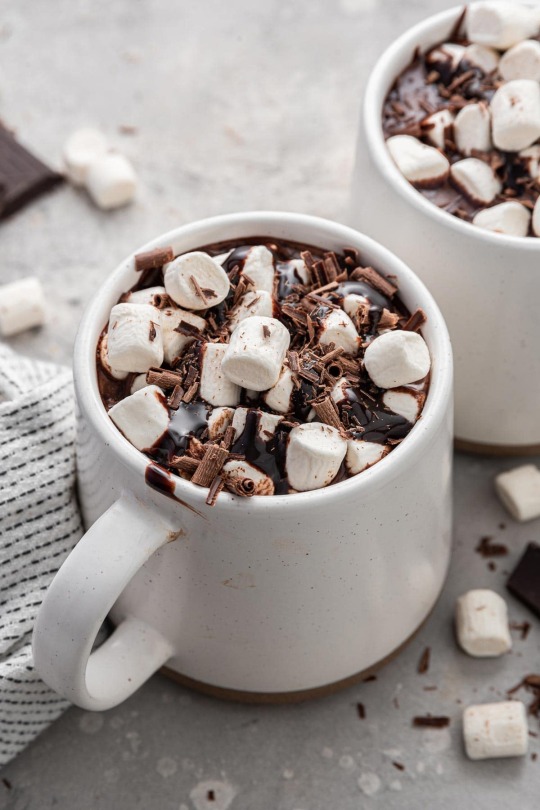
Italian Thick Hot Chocolate
#recipe#hot beverage#beverage#drink#hot chocolate#hot cocoa#thick hot chocolate#italian hot chocolate#marshmallows#chocolate#food#sweets#dessert
522 notes
·
View notes
Photo
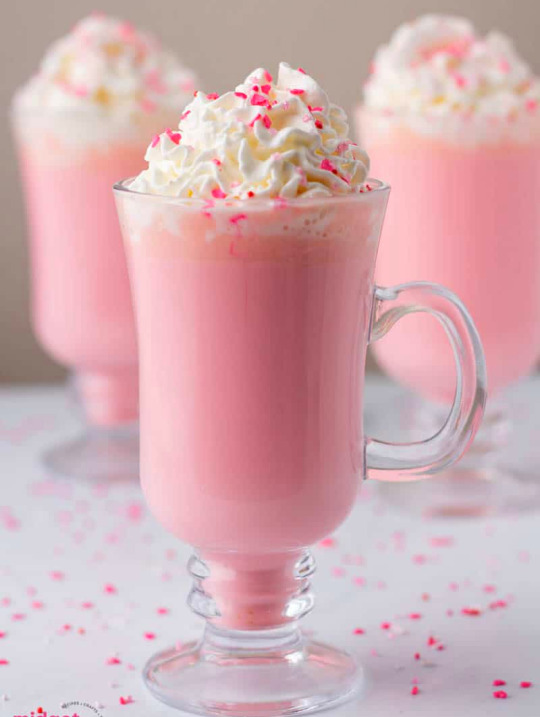
#pink#pinkcore#pink aesthetic#pastel aesthetic#Aesthetic#pastel#cooking#baking#food#sweet#dessert#delicious#drink#hot cocoa#cocoa#hot chocolate#vintage#Antique#Holidays#holiday
1K notes
·
View notes
Text

I need to do more ship art so here are my personnal favorites being lovey-dovey during the cold season ❤️
#aran ojiro#haikyuu!!#hq#arankita#kita shinsuke#haikyuu fanart#haikyuu ships#Them warming each other with hot cocoa and sharing a blanket is especially dear to me#they're so sweet#also I'm sorry I have the most inconsistent artsyle#it's just that I shift style for fanarts and it's#well it's still not comfortable 😅
88 notes
·
View notes
Photo
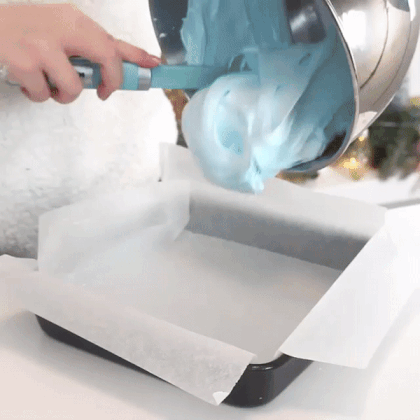

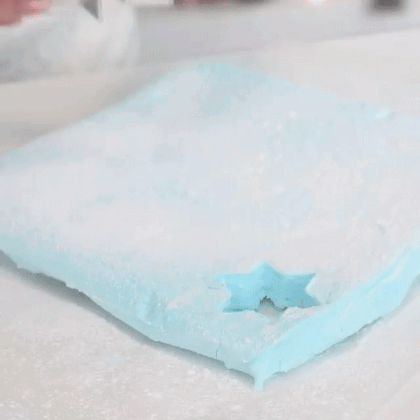

star of david marshmallows
414 notes
·
View notes
Text
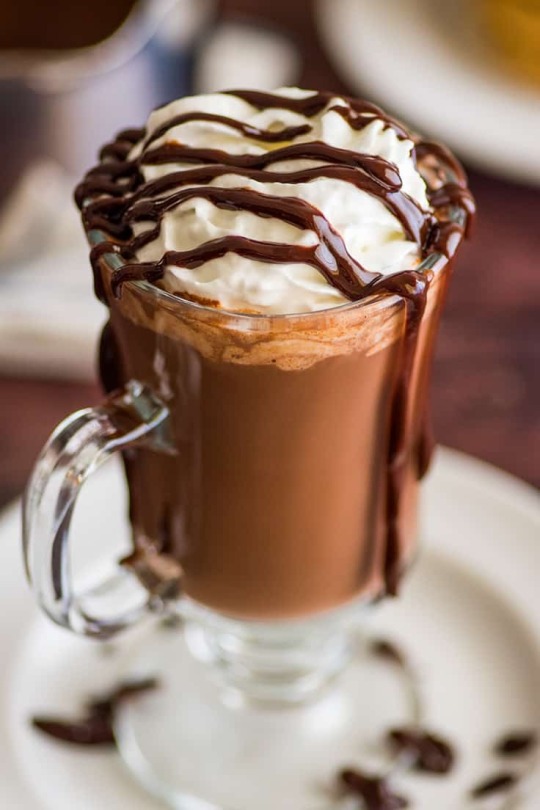
Rich and thick hot chocolate for one
#chocolate#hot chocolate#drinks#sweet food#food#sweet#sweet tooth#drink#hot drinks#chocolate sauce#whipped cream#hot cocoa#easy recipes#tasty#foodporn#delicious#cooking#food photography#foodgasm#recipe
560 notes
·
View notes
Text
Does The Date On Your Cocoa Powder Really Mean it is Expired?

Does The Date On Your Cocoa Powder Really Mean it is Expired?
Let me break it down for you,
Real cocoa powder doesn’t spoil. Instead, it starts to lose flavor intensity over time. Due to the methods of processing cocoa powder, there is no moisture to worry about unless you store real cocoa powder in a humid area where moisture can accrue. So don’t worry about the date on the package, as most of the time that is a tactic intended to influence you to buy new products. Hot cocoa mixes are different, as most do contain some sort of powdered milk or nut milk. On average those will last 6 to 24 months. Ah, consumerism at its best.
Before you worry about real cocoa powder expiring, let me tell you about a study that was done with an outdated real cocoa powder. Cooks Illustrated performed an experiment in their test kitchen, using six year old real cocoa powder and made a variety of items using this cocoa and for comparison they also used a freshly opened box of the same product. When the finished recipes were tasted side by side, only about half the tasters noted any difference, calling the samples made with the six year old cocoa duller, weaker, and mellower, yet no one noted any off-flavors.
Then they repeated the test using high fat and low fat cocoa powders one to two years past their expiration dates. Again comparing them with samples made with fresh cocoa powders of the same brand. Taste tasters could not differentiate between the samples. The compounds that give real cocoa powder its flavor are less prone to “expire” than those in ground spices, which lose much of their flavor and aroma after about a year. The more unstable the molecule, the more rapidly it evaporates and degrades. The takeaway is if you come across real cocoa powder that's past its expiration date even by a couple of years, it is still fine to use.
Regarding hot cocoa powders, this will depend on the “powdered milk” factor and any additional flavoring or non-dairy added components, examples are chocolate chips, cake mixes, pudding mixes, candies, mini marshmallows, etc. that are added to either the nut milk or the powdered milks. With powdered milk bases in the cocoa mix they only tend to last between 6 months to 1 year before the flavors starts to lose strength. However, nut milks do last an average of 12 to 24 months if done as a plain flavor.
How to extend cocoa powders shelf life
In order to maximize your real cocoa powders or your hot cocoa powder’s shelf life, you’ll want to keep it in a dry, cool place. Then make sure to use a container that is airtight. This will keep your cocoa powders fresher longer. If you liked this post please go to https://www.sweethotcocoa.com/blog to review any other posts.
0 notes
Text


christmas whiteboard doodles i didn’t have time for anything more serious lmfoa . happy holidays reminder that jesus’ birthplace is under military occupation yes the second one is a reference to the kaijhit skooma skyrim video
#fnf#friday night funkin’#fnf smoke em out struggle#fnf vs annie#fnf hazy river#hazy river#fnf garcello#fnf annie#i feel like garcello would like a little peppermint in his hot cocoa..#annie likes it as sweet as humanely possible
27 notes
·
View notes
Photo

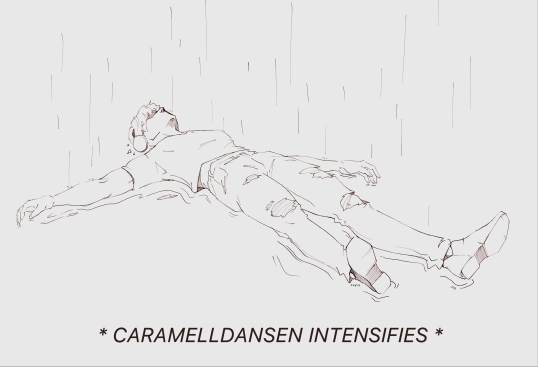



i’m switching into operator mode
#attollo#attollo game#operator#my art#the only gamer boyfriend#he has the vibes of a man i'd want to swaddle in a blanket and give hot cocoa to#a real 'such a sweet young man' sorta guy#he helps grandmas with their groceries#he hasn't slept more than four hours his entire life#he is perfect
166 notes
·
View notes